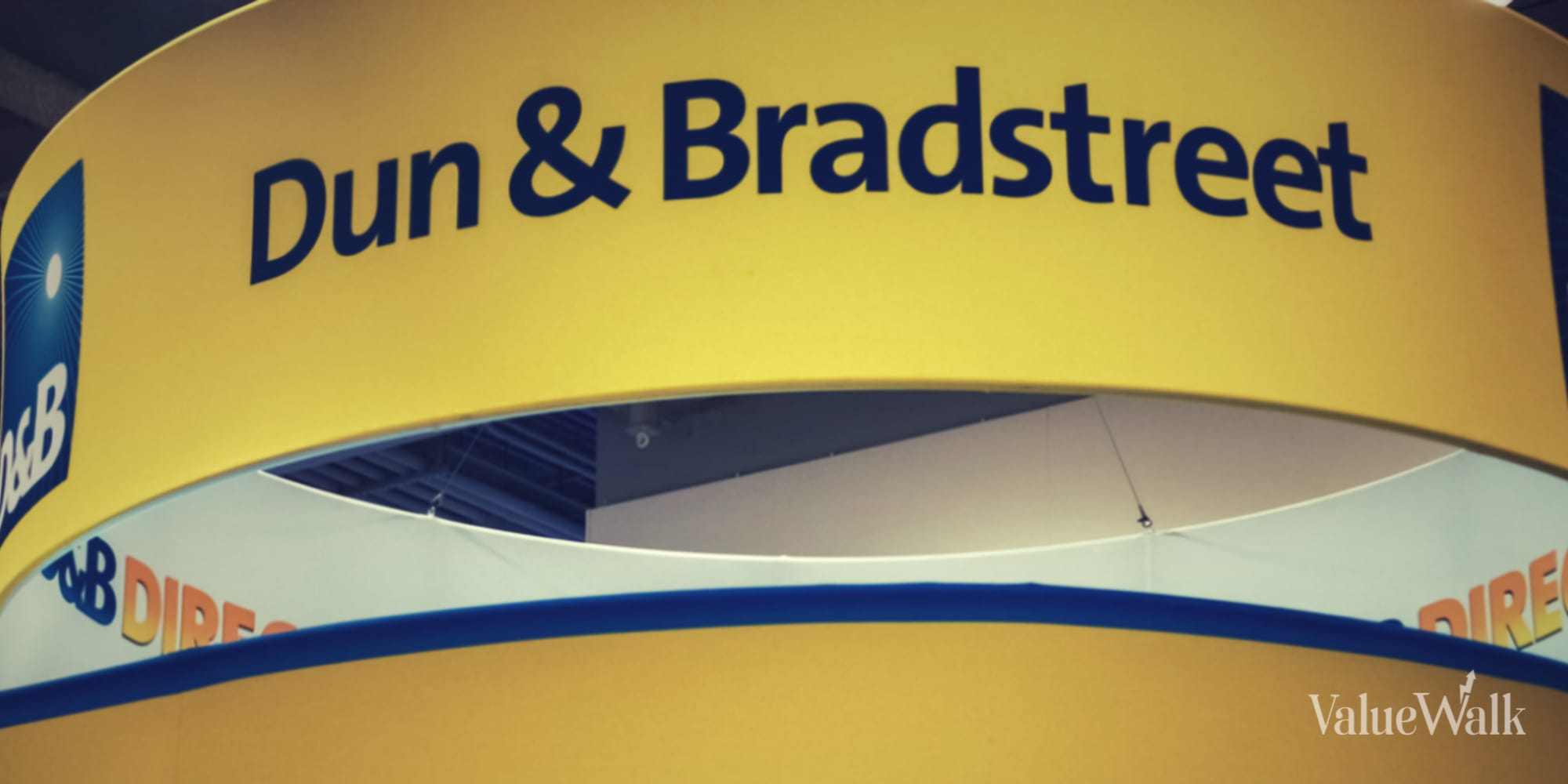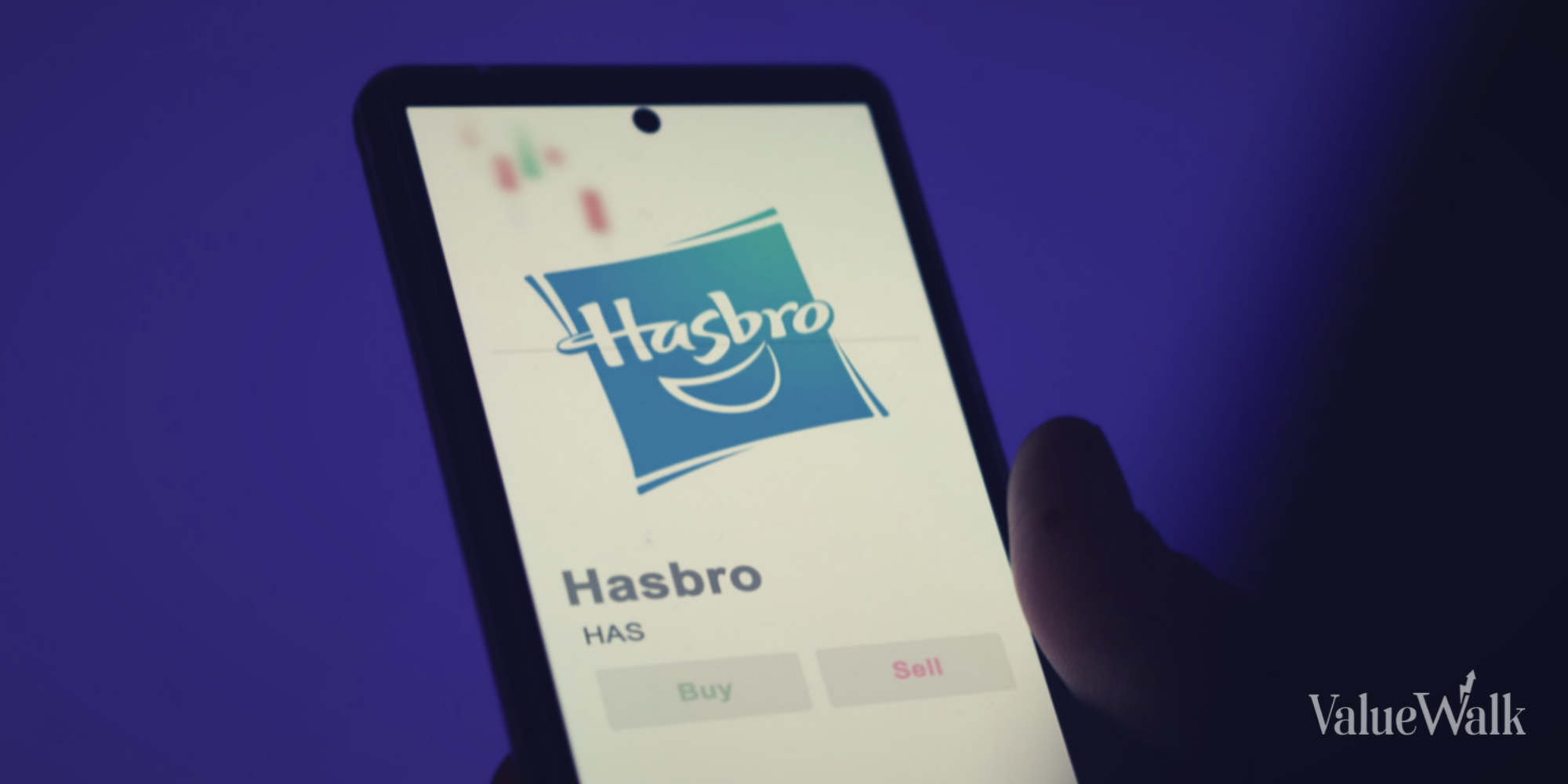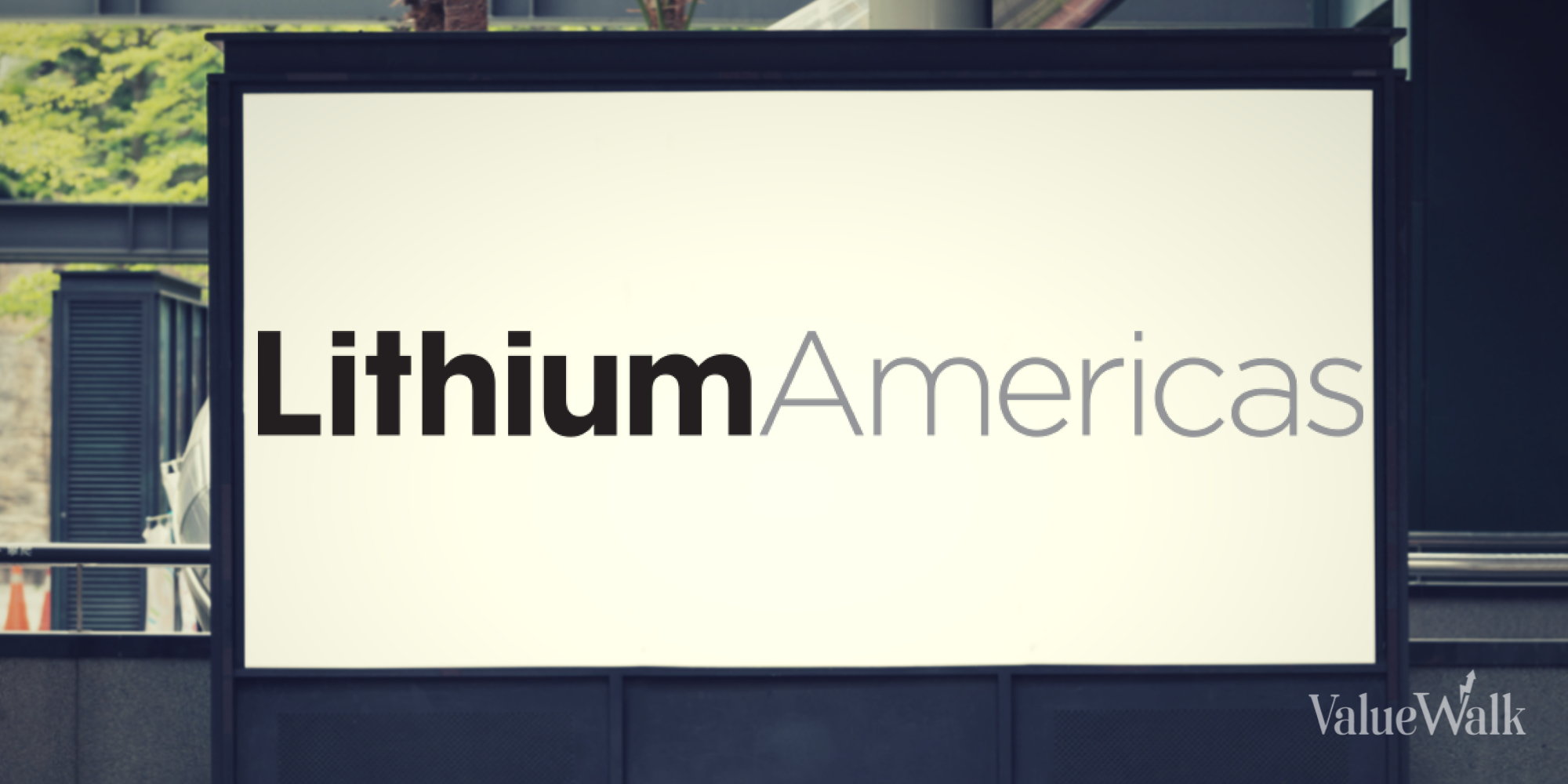In a year when the S&P 500 is up almost 20% and the Nasdaq has gained 37%, you can still find some good values. One of them is an old name that got new life with an initial public offering a few years ago: data and analytics firm Dun & Bradstreet (NYSE:DNB).
Dun & Bradstreet has been around for more than 180 years, with its roots dating back to 1841 as a credit-reporting agency. It has had many different iterations over the years and ultimately went private in 2019 before re-launching as a public company in 2020.
Since then, Dun & Bradstreet has acquired Bisnode Business Information Group, a European data and analytics firm, but it has been a tough road as the stock has steadily dropped after it debuted at $25 per share in 2020. It is now trading at about $10.66 per share, down 13% year to date.
Dun & Bradstreet’s problems were exacerbated in 2022, when the Federal Trade Commission (FTC) filed charges in connection with errors in its credit reporting and failures to fix them, among other charges. The company was forced to provide refunds and fix its processes.
After three straight negative years, is Dun & Bradstreet ready to turn the corner?
A presidential past
Dun & Bradstreet has been on the rise since reporting its third-quarter earnings on Nov. 1, revealing a 6% increase in revenue to $589 million. However, the company’s net income fell 45% to $4 million in the quarter. Through the first nine months of the year, its revenue grew 3.3% to $1.7 billion, but the company had a net loss of $49 million.
Dun & Bradstreet’s stock price has climbed from about $8.75 per share in late October on solid revenue gains and improved adjusted earnings. Adjusted earnings, minus acquisition- and divestiture-related expenses, rose slightly to $116.2 million from $115.4 million in the same quarter a year ago. Further, the company’s adjusted EBITDA was $235.4 million, up 6% year over year, with its adjusted EBITDA margin holding at 40%.
For the full fiscal year, Dun & Bradstreet anticipates revenue of around $2.3 billion, up somewhere between 2.5% and 4.3% year over year, while adjusted EBITDA is expected to be in the range of $880 million to $910 million. That would be an increase of 2% to 5% over the $863 million in adjusted EBITDA in 2022.
Dun & Bradstreet offers data and analytics in two main areas: finance and risk and sales and marketing. Finance and risk generated $235 million in revenue last quarter, a 5% year over year increase, while sales and marketing made $186 million, a 3.9% increase.
On the third-quarter earnings call, CEO Anthony Jabbour said the company’s generative-AI solutions via its AiBE platform are in increasing demand. The platform is named after Abraham Lincoln, who was a credit-reporting correspondent for Dun & Bradstreet before he ascended to far greater heights.
“We’re at the forefront of the application of GenAI to business, and we are excited about how clients and prospects are coming to us for guidance and support in implementing this groundbreaking technology,” Jabbour said on the call.
New partnerships and longer relationships
Dun & Bradstreet seems like it is building some momentum, with a 93% client retention rate while adding several new multinational clients last quarter, including Siemens Energy. It has also been focused on building trust and strengthening relationships, as it has increased the number of multi-year relationships it has with clients to 53%, from 20% just a couple of years ago.
In addition, Dun & Bradstreet is preparing to launch several new AI-related products in the year ahead and will introduce new products with IBM as part of its expanded relationship with the tech company.
“Together, we will be building and launching new products based on the integration of D&B data and IBM watsonx. This new go-to market will be a part of IBM’s consulting engagements to embed these new capabilities directly into the solutions our joint clients use today as part of their daily workflows,” Jabbour said on the call.
Analysts’ consensus on Dun & Bradstreet
This is a competitive market, but at the same time, the need for the type of data and analytics that Dun & Bradstreet offers is growing rapidly. It has been beaten down, but its stock is cheap, at just over $10 per share with a forward price-to-earnings ratio of 9. It also has both name recognition and a global reach, alongside expertise and focus on AI solutions that could help it stand out.
Analysts rate the stock as a consensus buy with a price target of $14 per share. Dun & Bradstreet is scheduled to release its fourth-quarter and year-end results in February, probably with guidance for the year ahead. However, it looks promising that Dun & Bradstreet could start to turn things around next year.
Disclaimer: All investments involve risk. In no way should this article be taken as investment advice or constitute responsibility for investment gains or losses. The information in this report should not be relied upon for investment decisions. All investors must conduct their own due diligence and consult their own investment advisors in making trading decisions.





